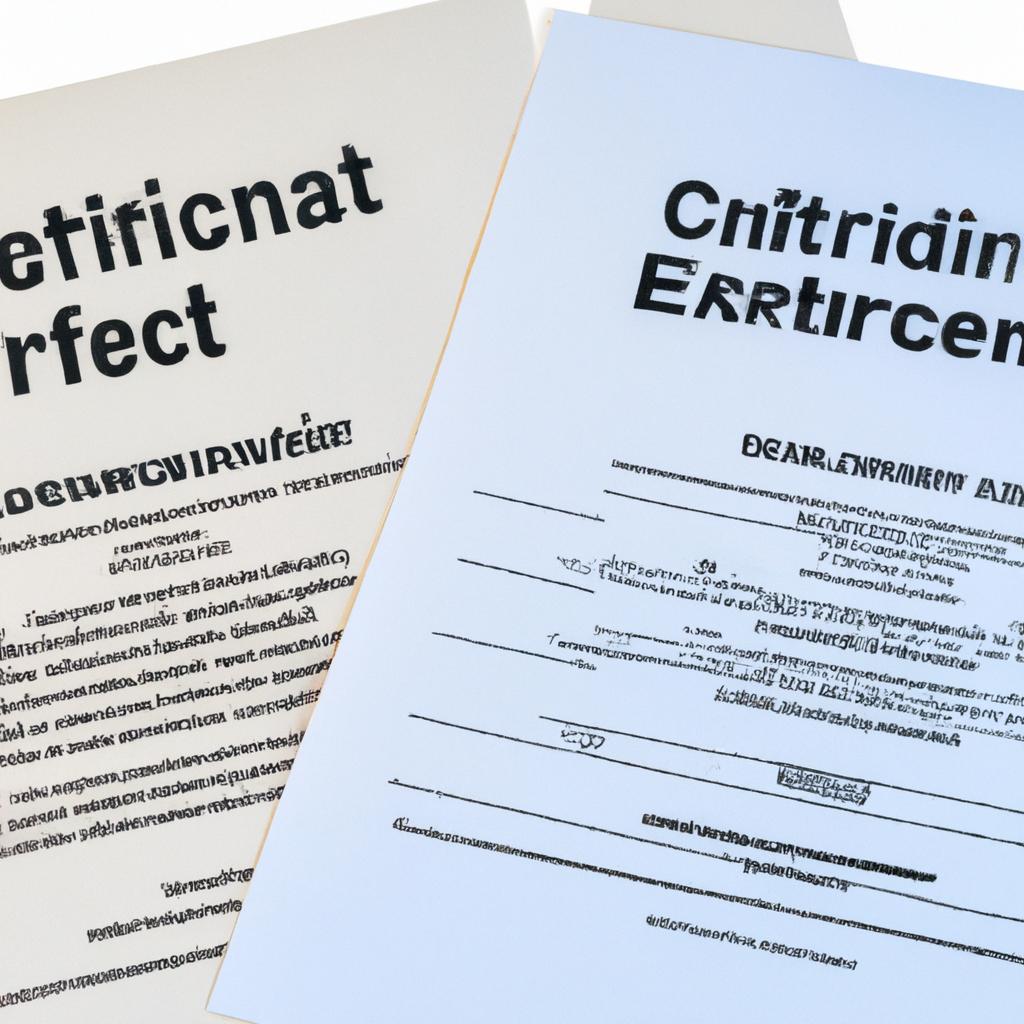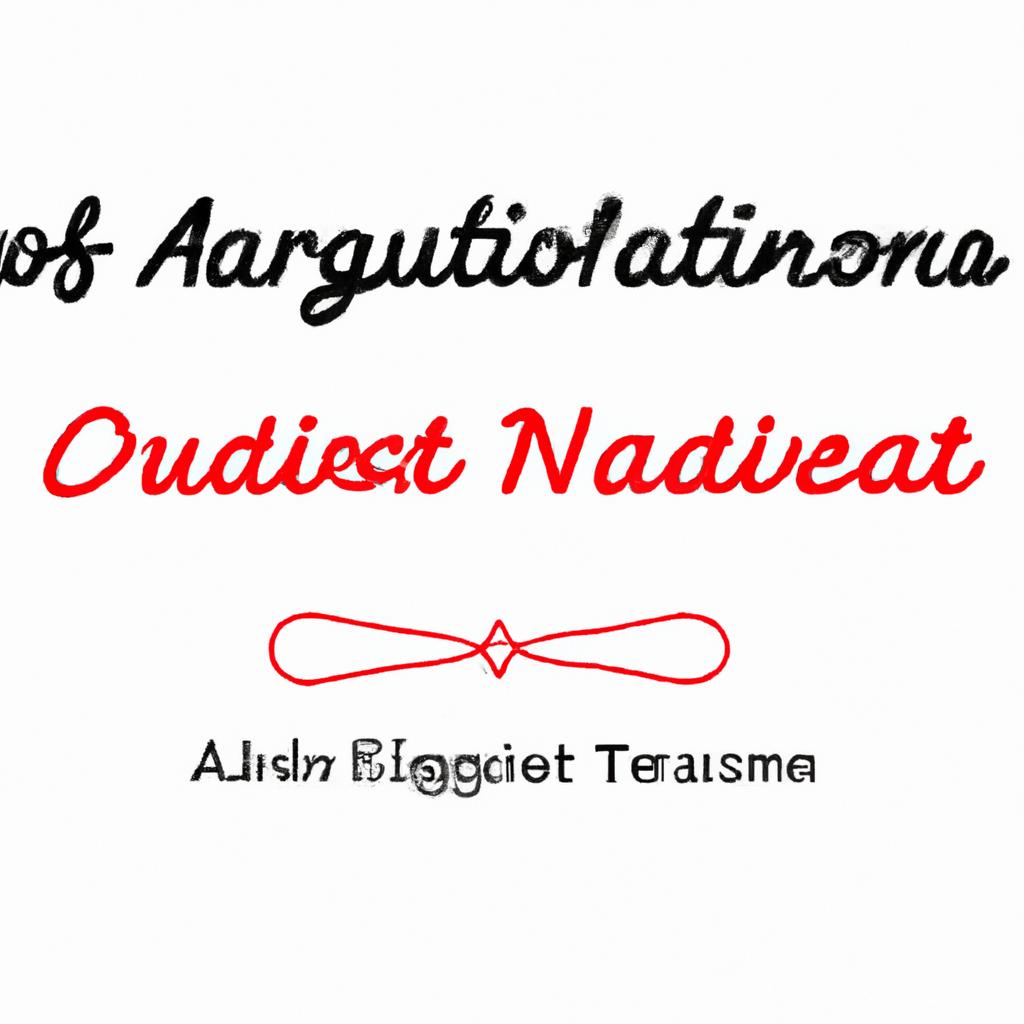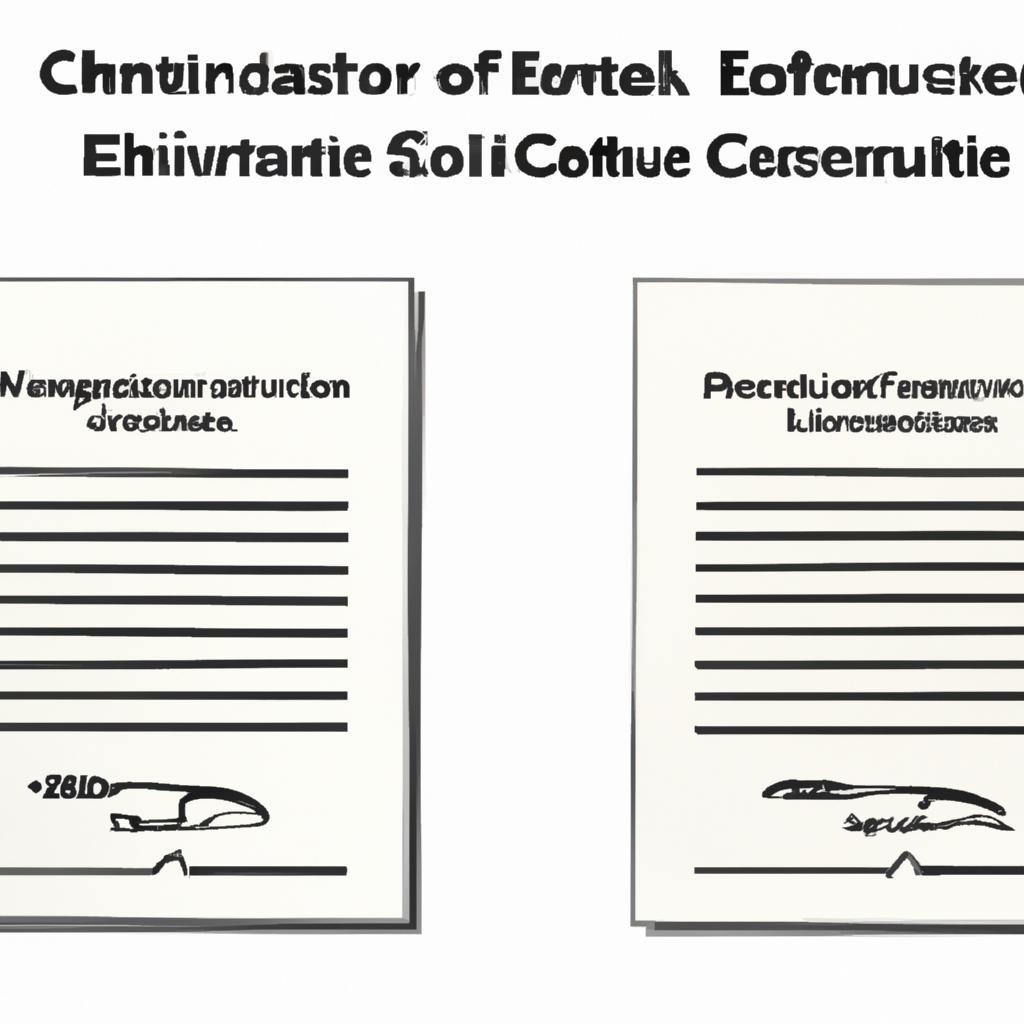In an age where digital innovation continually reshapes our interactions, the age-old debate of electronic versus paper certificates emerges as a compelling exploration of authenticity in modern credentialing. As traditional paper documents face the dual forces of technological advancement and changing societal norms, we stand at a crossroads where convenience meets tradition. Are electronic certificates the key to streamlining recognition and accessibility, or do paper certificates still hold a timeless allure of legitimacy and permanence? In this article, we will weigh the pros and cons of both mediums, examining their impact on authenticity, security, and the future landscape of certification in an increasingly digital world. Join us as we delve into this nuanced conversation, illuminating the path that lies ahead for credentials in the 21st century and beyond.
Exploring the Advantages and Disadvantages of Electronic and Paper Certificates
In the rapidly evolving landscape of authentication, both electronic and paper certificates come with their own sets of benefits and drawbacks. On one hand, **electronic certificates** offer advantages such as:
- Instant accessibility: Recipients can swiftly access and share their credentials online.
- Cost-effectiveness: Savings on printing and mailing reduces overall expenses.
- Environmentally friendly: Reduces the consumption of paper, contributing to sustainability.
Conversely, paper certificates maintain certain **advantages** that resonate with traditionalists, including:
- Tangible proof: A physical document often feels more official and credible.
- Universal acceptance: Many institutions still prefer or require physical certificates for validation.
- Personalization: They can be customized with signatures and seals, adding a personal touch.
However, both formats are plagued by deficiencies. Electronic certificates can suffer from concerns regarding **security** and **fraud**, while paper versions can be susceptible to **loss**, **damage**, and **storage issues**. Balancing these elements is crucial in determining the most suitable method of certificate issuance and verification.

Navigating the Future of Authenticity: Insights and Recommendations for Certificate Holders
As we move toward a more digital landscape, certificate holders must be proactive in embracing and understanding the evolving nature of authenticity. With an array of tools at their disposal, individuals and institutions can enhance the credibility of electronic credentials while mitigating potential risks associated with forgery and misrepresentation. Here are some insightful recommendations for navigating this transition:
- Embrace Hybrid Models: Combining paper and electronic formats can cater to diverse audience preferences and ensure broader acceptance.
- Invest in Technology: Utilizing blockchain and digital signatures can significantly strengthen the security and verification processes of electronic certificates.
- Educate Stakeholders: Continuous education for employers, educators, and certificate holders about the benefits and recognition of digital certificates can foster trust and legitimacy.
- Standardize Formats: Collaborate with industry groups to establish universal standards for electronic certificates to facilitate their recognition across borders.
To illustrate potential advantages and disadvantages, consider the following table:
| Certificate Type | Pros | Cons |
|---|---|---|
| Electronic | Easy distribution and accessibility Enhanced security features Environmentally friendly |
Susceptible to cyber threats Requires digital literacy Less tangible |
| Paper | Tangible proof of achievement Widely recognized by traditional institutions |
Costly to produce and distribute Vulnerable to physical damage or loss Less convenient for sharing |
By incorporating these strategies, certificate holders can successfully navigate the intricacies of authenticity, ensuring that their credentials – whether digital or paper – maintain their value and recognition in an increasingly complex world.
Key Takeaways
As we navigate the ever-evolving landscape of certification, it becomes increasingly clear that both electronic and paper certificates have their own unique advantages and challenges. On one hand, the digital realm offers unprecedented convenience, accessibility, and eco-friendliness, allowing for instant verification and a streamlined approach to credentialing. On the other hand, traditional paper certificates retain a sense of tangibility and permanence that resonates with sentiments of authenticity and pride.
In considering the future of these two formats, it is essential to recognize that the most effective solution may not come from outright replacement, but rather from integration. A hybrid approach that marries the reliability of paper with the innovation of electronic formats could redefine the way we view authenticity in a digital age.
Ultimately, the choice between electronic and paper certificates depends on various factors, including context, audience, and personal preference. As we look towards the horizon, let us remain open-minded and adaptive, embracing the strengths of each while continuing to pursue the most secure and meaningful ways to honor achievements. The journey toward redefining authenticity is just beginning, and the dialogue surrounding these certificates is sure to shape the narratives of credibility for years to come.


